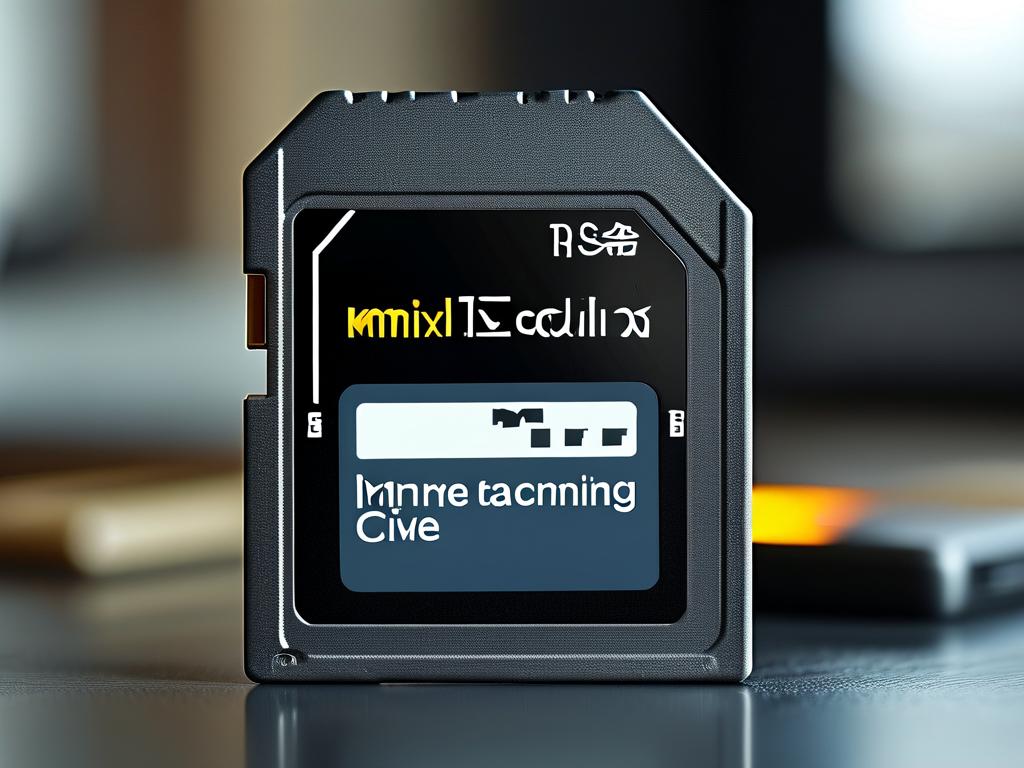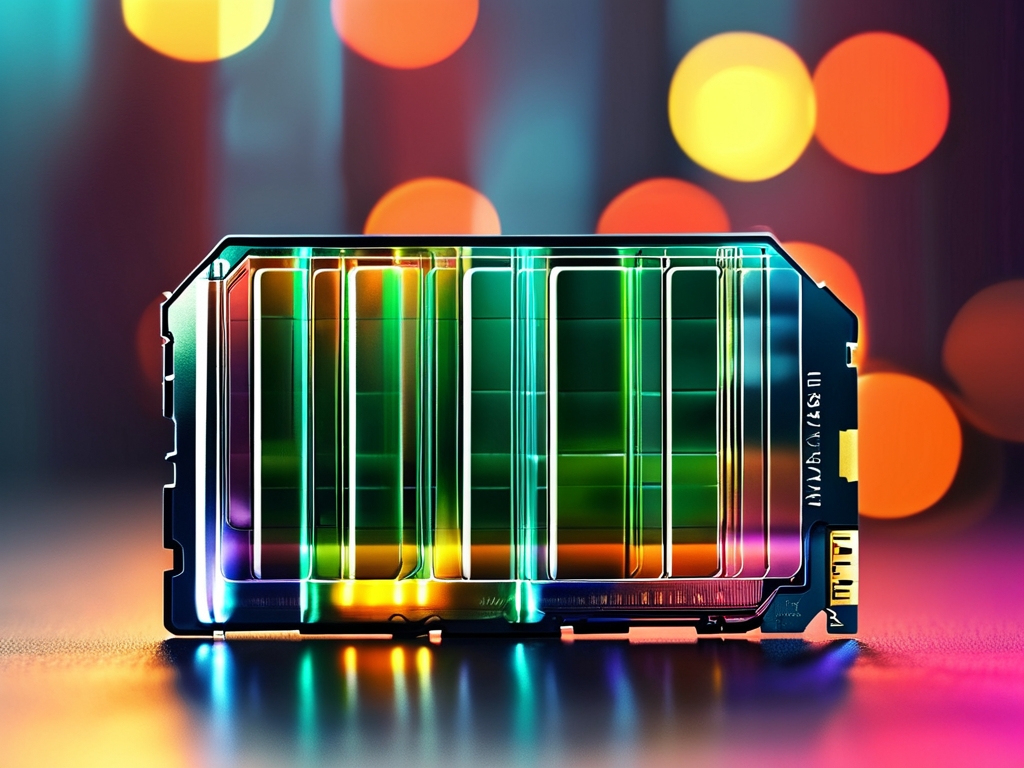In the digital age, memory cards have become indispensable storage mediums for cameras, drones, medical devices, and industrial equipment. However, data loss remains a persistent challenge, whether due to accidental deletion, physical damage, or file corruption. This article explores how engineers systematically recover data from compromised memory cards, blending technical expertise with cutting-edge tools.

Understanding Memory Card Architecture
Modern memory cards (SD, microSD, CFexpress, etc.) utilize NAND flash memory organized in blocks and pages. Engineers must comprehend the card's controller logic, wear-leveling algorithms, and file system structures (FAT32, exFAT, or proprietary formats). Unlike traditional hard drives, flash memory requires specialized handling to prevent overwriting deleted data during recovery attempts.
Common Causes of Data Loss
- Logical Failures: Accidental formatting, corrupted file tables, or malware attacks.
- Physical Damage: Broken connectors, water exposure, or cracked memory chips.
- Electrical Issues: Power surges damaging the card's controller or NAND cells.
- Wear-Out: Flash memory's limited write cycles leading to sector degradation.
Step-by-Step Recovery Process
1. Initial Assessment
Engineers first isolate the card to prevent further damage. Using write-blockers, they create a sector-level clone to preserve the original data. Tools like ddrescue or FTK Imager ensure bit-for-bit duplication, even from partially damaged cards.
2. Logical Recovery
For software-level issues, engineers analyze the file system metadata. Deleted files often remain recoverable until overwritten. Software suites like R-Studio or PhotoRec reconstruct file headers and bypass corrupted directories. In cases of encryption (common in industrial or medical devices), reverse-engineering the controller’s firmware may be required.
3. Physical Repair
Physically damaged cards demand a cleanroom environment. Engineers might:
- Replace broken connectors using micro-soldering techniques.
- Transplant NAND chips onto a donor PCB to bypass faulty controllers.
- Use specialized readers like PC-3000 Flash to access raw NAND data.
4. Data Reconstruction
Raw NAND dumps often contain scrambled data due to wear-leveling and XOR encryption. Engineers employ custom scripts or tools like Flash Extractor to reassemble data blocks. For proprietary formats (e.g., dashcams or drones), reverse-engineering file signatures becomes critical.
5. Integrity Verification
Recovered files are checked for consistency using checksums or blockchain-style hashing. Partial video files may require frame-by-frame validation with tools like Hex Workshop.
Case Study: Recovering Forensic Evidence
A law enforcement agency submitted a water-damaged SD card from a security camera. The controller was corroded, and the NAND chip showed signs of oxidation. Engineers:
- Desoldered the NAND chip under a microscope.
- Dumped its contents using a chip reader.
- Rebuilt the H.264 video stream by analyzing timestamp metadata.
- Extracted 72 hours of critical footage using Video Repair Tool.
Challenges and Ethical Considerations
- Overwritten Data: TRIM commands in modern cards permanently erase deleted files.
- Proprietary Controllers: Manufacturers like SanDisk or Samsung use custom firmware, complicating recovery.
- Privacy Laws: Engineers must adhere to GDPR and other regulations when handling personal data.
Preventive Measures
- Regular backups using the 3-2-1 rule (3 copies, 2 media types, 1 offsite).
- Avoiding abrupt card removal during write operations.
- Using industrial-grade cards with error-correction features for critical applications.
Memory card data recovery is a multidisciplinary field combining electrical engineering, software development, and forensic analysis. As storage technologies evolve—from UHS-II to SD Express—engineers must continuously adapt their methodologies. While DIY software can address simple cases, complex recoveries remain firmly in the realm of skilled professionals armed with both technical knowledge and specialized tools.





